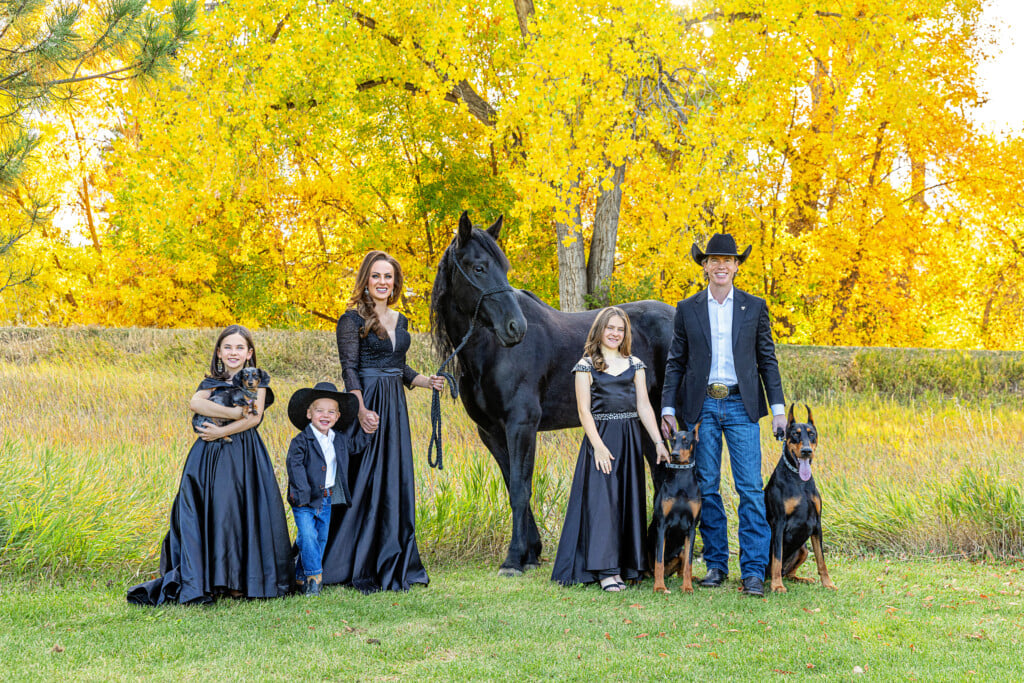Butterflies Have Been Showing Beauty In Colorado Since 1995
The Butterfly Pavilion helps Colorado's nature community through research, conservation and education
Butterfly Pavilion has been part of the Colorado community since 1995, and is the first Association of Zoos and Aquariums-accredited, stand-alone, nonprofit invertebrate zoo in the world. It is a leader in invertebrate research, conservation and education, which includes global conservation efforts to help ensure that invertebrates are protected for the future.
Invertebrates exist on every continent and in every ocean, making up 97 percent of all animal species on Earth. These tiny giants pollinate our crops, recycle waste and decompose dead material, as well as build healthy soil and improve water quality. They also make nutrients available to plants, control pest populations and protect harvests. According to a recent pollinator health study, the contribution of pollinators is a half-trillion dollars globally, and in Colorado, about $3 billion per year primarily from the growth and sale of peaches and other tree crops, as well as beans, peas and sunflowers.
Habitat loss and climate change threaten invertebrates, essential for every ecosystem. Butterfly Pavilion and Colorado State University partner to advance entomology, conservation and management of invertebrates. They also provide opportunities for aspiring professionals and aim to raise public awareness and support for invertebrate conservation.
“Invertebrates are foundational to entire ecosystems, and yet we’re experiencing a global biodiversity crisis brought on by an insect apocalypse,” says Richard P. Reading, Butterfly Pavilion’s vice president of science and conservation. “We don’t have a basic understanding of invertebrates overall, let alone how to conserve them. Through our partnership with three of CSU’s colleges—Agricultural Sciences, Natural Sciences and the Warner College of Natural Resources—we can increase research, conservation and management of invertebrate species; engage and provide opportunities for aspiring biologists ecologists, agriculturalists and conservationists working globally; and connect that work to the public, creating more awareness and support for invertebrates.”
There are ways the public can help protect invertebrates as well. The Urban Prairies Project aims to improve the ecological health of urban and suburban open spaces along the Front Range by restoring native grasses that support local pollinators. People can attend training classes to become a restoration master volunteer to help habitat conservation for pollinators and other wildlife.
This year, the UPP will be doing hands-on restoration projects, data collection and community outreach with open-space teams in Aurora, Brighton, Broomfield, Greeley, Lafayette, Thornton, Superior and Westminster.
A long-term community science project, Colorado Butterfly Monitoring Network (CBMN), is another way to get involved. Since 2013, CBMN volunteers have recorded butterflies in open spaces and parks multiple times per season, gathering essential data that land managers can use when making conservation decisions.
“It’s a fantastic chance to get outdoors and learn about butterflies, while having a positive impact on conservation in Colorado,” says Shiran Hershcovich, lepidopterist manager at Butterfly Pavilion. “Knowing which butterflies are active in our state gives us important information about the health of our local ecosystems.”
Finally, everyone is invited to Butterfly Pavilion’s Pollinator Palooza Festival on June 29, which will include live music, a pollinator’s market, beer garden, face painting, nature walks and gardening demonstrations.
Community members are also encouraged to purchase tickets for Butterfly Pavilion’s annual Butterfly Ball Colorado to be held on Saturday, Sept. 28, at the Omni Interlocken Hotel in Broomfield—which has sold out the past two years. Check the website for ticket availability.












